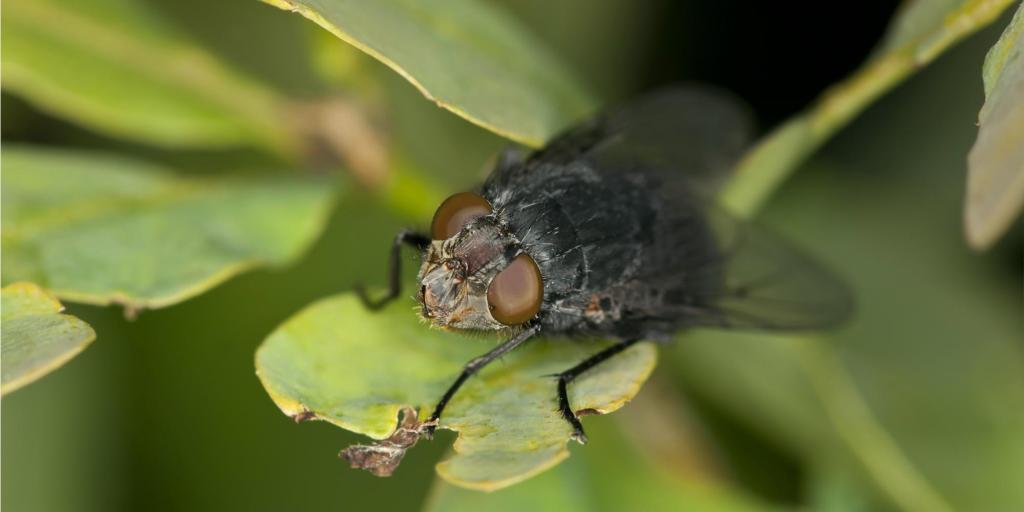Tony Chalcroft gives us the lowdown on our gardens
Let’s start with the welcome summer visitors. I’ll be opening my one acre fruit, veg and flower garden for charity again this year as part of the National Garden Scheme. Dates are Sunday 8th July 1-5pm and Wednesday 11th July 2-7pm. Everyone is very welcome. Admission is £3, and accompanied children are free. Refreshments, including homemade cake, are available. The address is 15 Knapton Lane, Acomb, YO26 5PX. Further information can be found through the National Garden Scheme website at www.ngs.org.uk/find-a-garden/garden/20317
As for the unwelcome summer visitors, there are several pesky insects I’ve particularly in mind. Unfortunately, some of these show up almost every year. Here are three that normally appear on my plot around midsummer. All are commonplace and well worth keeping an eye out for:
Blackfly
If you grow broad beans you’ve probably been troubled by blackfly. These tiny, dark black, aphids initially cluster on the growing tips. As numbers increase so the aphids move down the stem, sometimes infesting entire plants and crippling the crop. To prevent, inspect beans regularly and squash any aphids congregating on plant tips. A less messy alternative for plants that have obtained a good height and started to set beans is to pinch out the growing tip. This reduces the chances of blackfly finding a succulent starting point.
Blackfly mainly bother broad beans, but they can affect other crops such as runner beans and beetroot.
Sawfly
Sawflies often visit my gooseberry bushes laying eggs on the foliage. It’s the caterpillar-like larvae that hatch out and feed on the leaves that actually cause the damage. These can build up unnoticed so that bushes are sometimes completely defoliated before the culprits are spotted. The larvae are about 20mm long, green or yellow and with black heads and body markings. I regularly check bushes in June and July. If colonies of sawfly larvae are squashed before large numbers accumulate, serious leaf loss can be prevented.
Sawfly mainly affects gooseberries, but red and white currants can also be attacked.
Cabbage Caterpillars
Midsummer is the time when caterpillars begin munching brassica (cabbage) family plants. The most damaging are the caterpillars of the large cabbage white butterfly. Hatching from bright yellow eggs laid in clusters, the yellow/black striped caterpillars can rapidly skeletonise plants. Fortunately, these don’t tend to appear in any numbers until August. Earlier in the summer it’s the caterpillars of the small cabbage white butterfly and the cabbage moth that cause the most damage. The former are pale green and relatively sleek while the latter are brownish and rather podgy.
All brassica related plants can be attacked including radish, salads like rocket and ornamentals like nasturtium. Checking plants for caterpillars is time consuming so I prefer to encase all brassicas in fine anti-butterfly netting. An often used cheaper alternative is scaffold net. If this is put on in late June or early July most caterpillar damage can be avoided.
Question Time
If you’ve trouble with these or other pests or have any other fruit and veg growing questions why not come along to an Edible Gardeners’ question and answer evening to be held at Bootham School on 5th July? Organised by Edible York and York Allotments as part of the Bloom Festival, I’ll be on the panel alongside other knowledgeable local gardeners and allotment holders. Further information can be found at the Bloom website www.bloomyork.com.













Add a comment